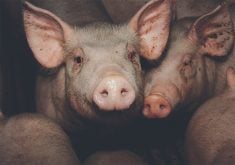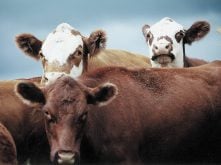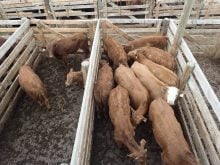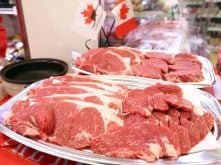BANFF, Alta. – In 1987 beef processor Richard Cracknell thought he had achieved nirvana.
“I thought I’d cracked it. I had been in the meat industry for 30 years and thought I found the solution,” said the president of Anglo Beef Processors.
His company is in partnership with J. Sainsbury’s, one of the leading retailers in the United Kingdom. Together they sell branded beef for a premium price to British consumers.
When the spectre of bovine spongiform encephalopathy cast its long shadow in 1988, widespread media attention over mad cow disease stopped beef sales overnight.
Read Also
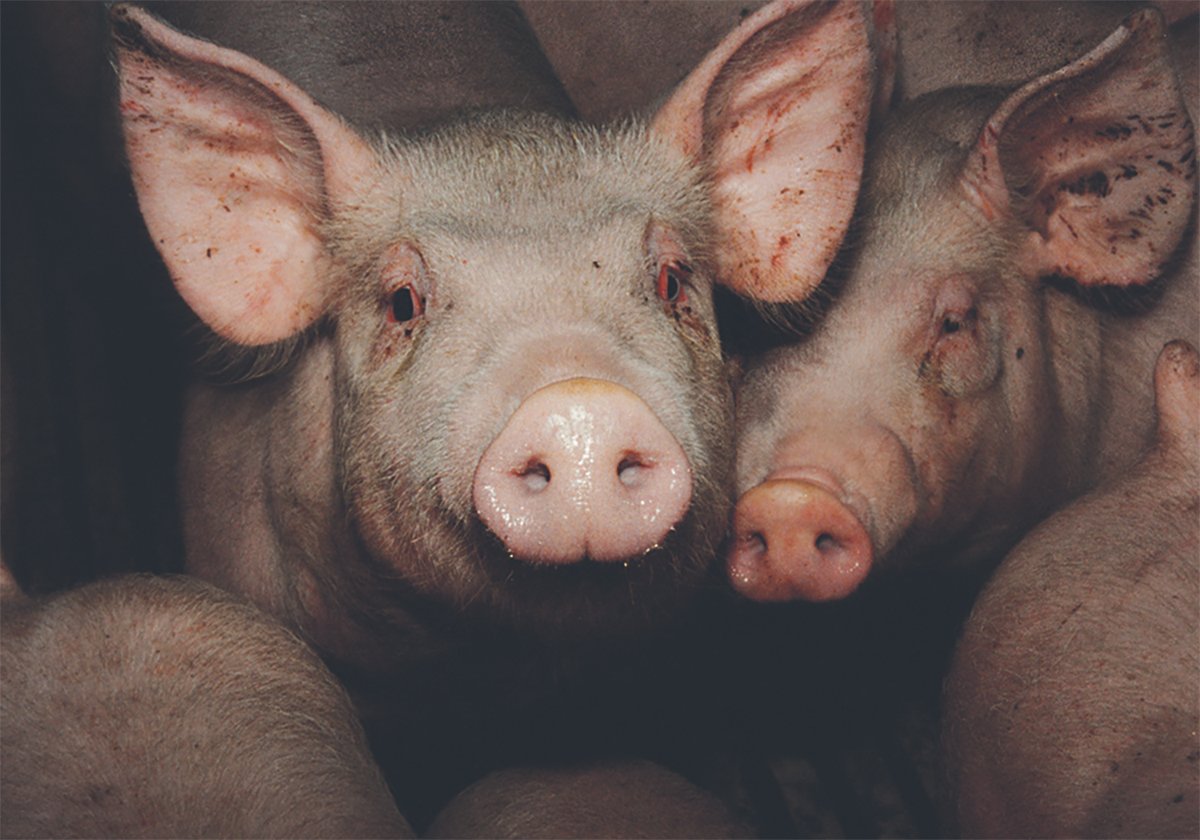
The Western Producer Livestock Report – October 30, 2025
Western Producer Livestock Report for October 30, 2025. See U.S. & Canadian hog prices, Canadian bison & lamb market data and sales insights.
“Our challenge was to protect our brand from any future scare,” he said.
Listeria was later discovered in meat and sales dropped again.
What followed was the British beef industry’s darkest hour.
On the same day an announcement was made in the British parliament about a possible connection between BSE and a fatal brain wasting disease in humans, Cracknell received a call from British prime minister John Major congratulating him on receipt of the Queen’s Award for Export Achievement.
Headlines from the Daily Mirror in March 1996 rocked the industry.
“Mad cow disease killed mum Michelle Bowan … . It may kill her son Tony and now experts say it may kill 500,000 of you,” said Britain’s largest tabloid.
There was no kill at any of Anglo Beef Processors’ 14 plants for two weeks.
Farms were opened to inspectors and all cattle over 30 months of age were ordered to be slaughtered and incinerated.
“We still continue to slaughter all animals over 30 months, 800,000 a year,” Cracknell said.
The McDonald’s hamburger chain put up signs saying it used only 100 percent non-British beef and imported burgers from the Continent. Since then there has been no British cow beef available for ground meat.
Poultry prices went through the roof.
By 1998 beef consumption started to turn around and all retailers offer branded beef, farm inspections and quality assurance programs.
British beef faces more scrutiny than any other beef in the world and it costs processors $250 (Cdn) a tonne to have the bones removed from plants.
“We are knee deep in documentation and the cost of regulation falls on the industry,” he said.
The country cannot export beef and imports about 250,000 tonnes per year.
Still, ABP has had success.
The company processes 350,000 cattle and one million sheep per year at plants in Scotland, England and Northern Ireland.
Its 10-year partnership with farmers and Sainsbury’s provides quality beef that meets guarantees about animal welfare and quality on the farm.
Sainsbury’s pioneered supermarkets in the U.K. and has helped organize small farmers who were not organized marketers.
Cattle now come from small operations where they are raised mostly on grass.
Carcasses are hung in a hip suspension system from the pelvis rather than the achilles tendon. Longer aging and electrostimulation are used to improve tenderness.
Today, all beef processors in the U.K. use these procedures to improve their product. It is more expensive but Cracknell said it pays at the retail end by providing customers with more satisfactory British beef.
“Our key objective was to source enough of the right grade and quality of cattle,” said Cracknell.



